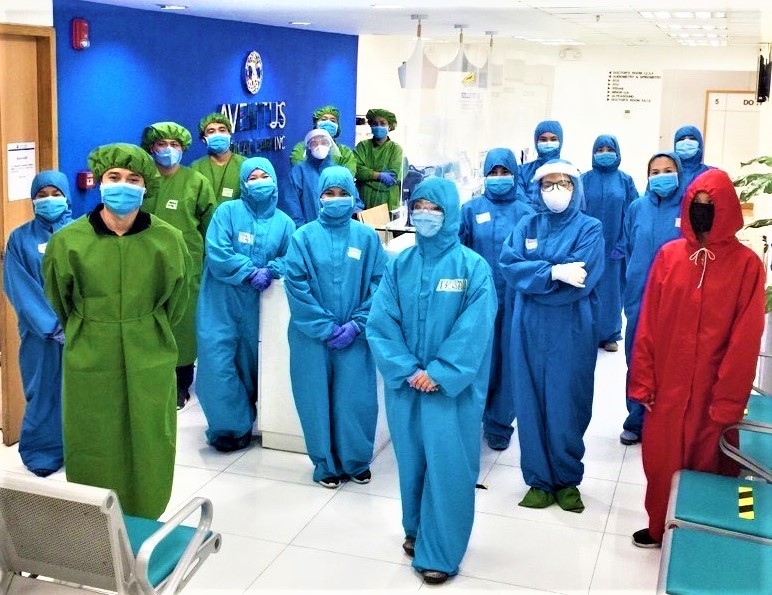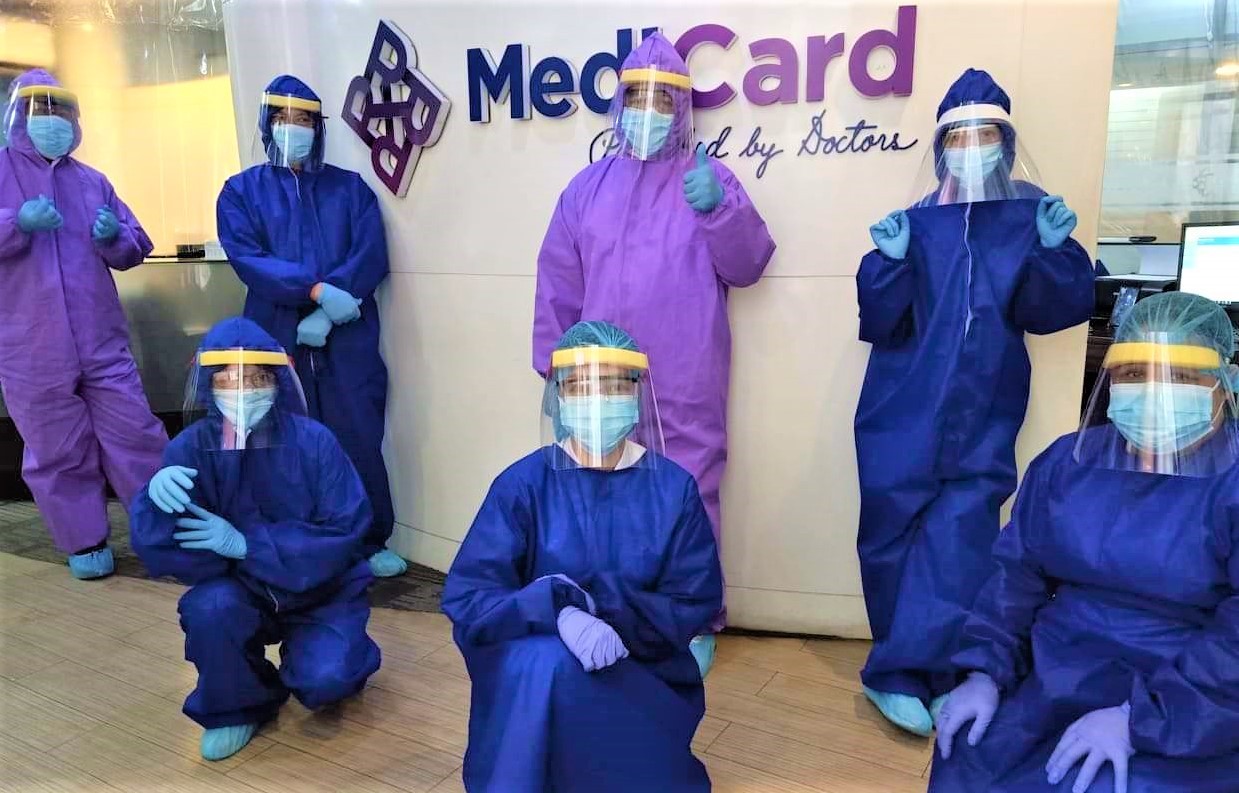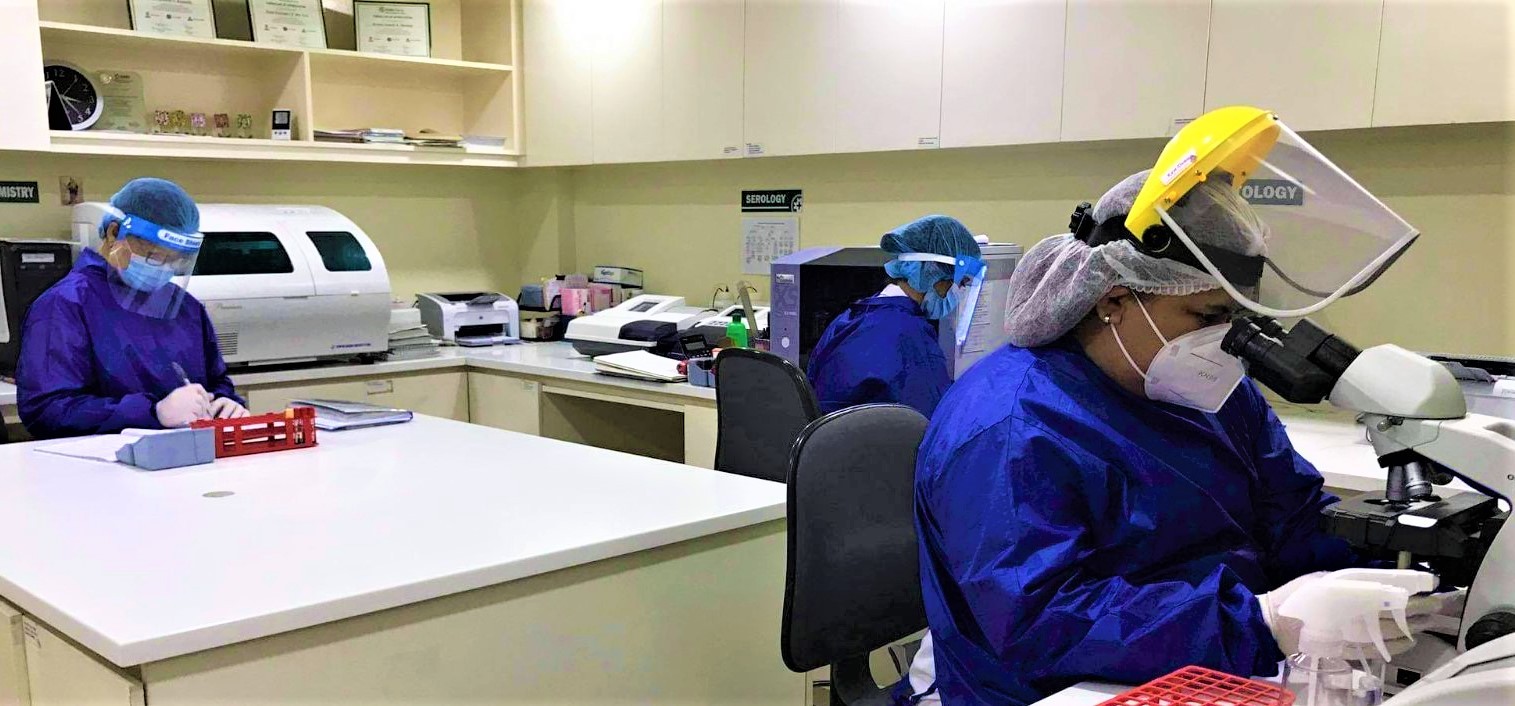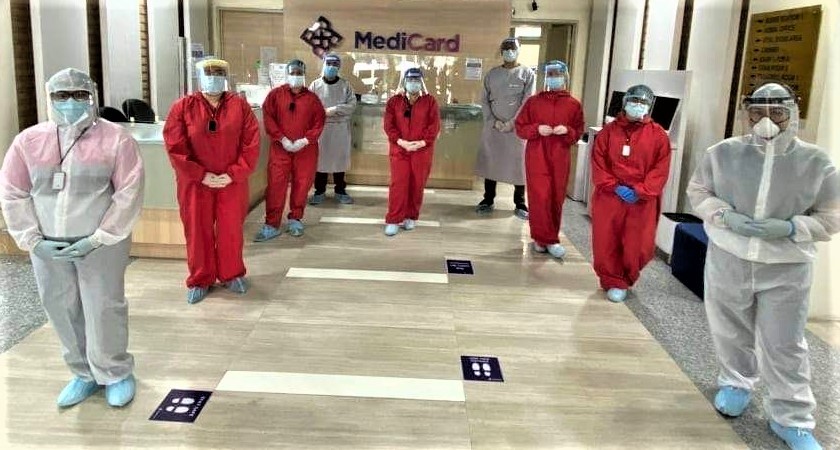
The Association of Health Maintenance Organizations of the Philippines Inc. (AHMOPI) has been at the forefront of the HMO industry for over three decades and counting. Its industry-leader members are affiliated with over 1,700 institutional health care providers nationwide with over 45,000 accredited medical specialists. The industry is estimated to have seven million plan holders to date and increasing yearly, with most affiliated hospitals acknowledging that about 50 to 60 percent of their corporate portfolios are HMO business. As “arrangers” and “financiers” of health care services between clients, hospitals and physicians, undoubtedly, HMOs are and will always be an integral part of the country’s health delivery systems.
HMOs and COVID-19
Despite the rigors of an absolutely necessary enhanced community quarantine (ECQ) brought about by the rapid spread of COVID-19 in the country, the HMO industry keeps in step with any and all initiatives to support government and the private sector in dealing with the worsening pandemic. Industry-leader HMOs cover COVID-19 to date, from real-time Reverse Transcription Polymerase Chain Reaction (RT-PCR) tests of symptomatic individuals to confinement of SAR-CoV-2 infected patients up to the plan holder’s Maximum Benefit Limit per illness or injury per year or Aggregate Benefit Limit per year (which ranges from P100,000 to P1.5 million depending on the plan holder’s room accommodation category or plan benefit package) despite clear and legal perspectives for not covering the same. HMOs, which cover the contagion, do so from a sense of moral obligation to their valued plan holders and clients — on ex-gratia basis, humanitarian reasons, and goodwill.

Our modern-day heroes
We laud our frontliners under any setting, but especially doctors and health workers. Our prayers go out to all of them whose lives are in peril battling COVID-19 in hospitals or out in the streets. They are undoubtedly a cut above the rest, putting themselves and their families at risk so patients may live and recover, so the spread of this evolving pandemic is stopped. They truly are heroes all.
Some challenges and possible breakthroughs
HMOs operate under a “managed-care” system where quality, access, and cost of health care take into consideration the interest of patients, providers and payors. Under an HMO Plan-Agreement, pre-paid membership fees are fixed for a one-year term and are renewable yearly — for any and all comprehensive inclusions and with no out-of-pocket payments for all coverable health conditions following prescribed availment guidelines.
On top of the usual and constant spiraling medical costs in the country, beginning the second quarter of the year to date, and under a COVID-19 environment, most private institutional health care providers have increased their rates in practically all of their profit centers — affordably for most (P100 or more), excessively for some (P1,000 and above) — all anchored on additional operating expenses.
“ On PFs of doctors, we’ve increased outpatient and inpatient rates, 'teleconsults' included, initially for a three-month period, possibly extendable moving forward, and/or while the country’s state of public health emergency has not been lifted. ”
While we’ve always tried to put across to the hospitals concerned that HMOs, too, have heightened operating expenses to contend with covering the contagion, we realize that hospitals, as private entities, have the inherent right to impose price increases as they see fit. We can only hope that they don’t price themselves out of the market. The same is true for practically all doctor-clinicians in the land, of all specialties, for professional fees (PFs), personal protective equipment (PPEs), and retrofitting their clinics for safety purposes — for the primary reason that aerosolization of SAR-CoV-2 is omnipresent and extremely high when attending to patients (more often than not) on a face-to-face setting.

To add to our woes are runaway prices of PPEs and PCRs, and high costs for triaging and long-hour waits in emergency room settings given the shortage of available beds not only for COVID-19 patients and people under investigation (PUIs), but for other patients with other illnesses and/or comorbidities. On PFs of doctors into our MOA initiatives with the Philippine College of Surgeons (PCS), Philippine College of Physicians (PCP), Philippine Obstetrical and Gynecological Society (POGS) and the Philippine Pediatric Society (PPS), we’ve increased outpatient and inpatient rates, “teleconsults” included, initially for a three-month period, possibly extendable moving forward, and/or while the country’s state of public health emergency has not been lifted. Considering that almost all HMO plans are PhilHealth-integrated, pressing industry issues with PhilHealth are likewise being resolved in coordination with the Insurance Commission.
“ Affiliated hospitals (and accredited doctors, too) need to be paid within prescribed deadlines or they suspend credit lines to the detriment of our patients. All these problems, including an omnipresent increase in overhead costs should be addressed fast and soonest or they may take a toll on bottom lines. ”
From the HMO industry’s front, restrictive movements and travel across the country have affected to a great extent sales and marketing efforts on new business. Possible employee retrenchments and even closure of some businesses are a reality no one can deny — a cause for a constricting market and a heightened and often unhealthy competition amongst industry players. Although the situation has improved under a less-restrictive community quarantine, still low, slow, or non-collection of membership fees of current accounts both individual and corporate are something HMOs have to grapple with to augment operating funds. Consider a huge BPO account with about 15,000 employees whose membership fees average P200 million annually.
On the other side of the collection totem pole, affiliated hospitals (and accredited doctors, too) need to be paid within prescribed deadlines or they suspend credit lines to the detriment of our patients. All these problems, including an omnipresent increase in overhead costs should be addressed fast and soonest or they may take a toll on bottom lines. Despite the difficulty of doing business in these trying times, which is expected to persist well into next year, there could be a silver lining after the pandemic. HMOs have undoubtedly gained more industry attention and interest for their ability to manage health care costs without shifting the burden to individuals or groups of people thus signaling an important and urgent shift in health benefit strategies for everyone moving forward — corporates in particular. We’re all hoping for the best!
All hands on deck for bayanihan

Under an Insurance Commission (IC) regulatory environment, AHMOPI HMOs have taken measures to ensure that all IC issuances of late concerning COVID-19 are fully implemented with dispatch, with a good number of their employees including 24/7 hotline personnel holed up in their respective offices or booked in nearby hotels and pension houses under strict quarantine parameters, with still some being shuttled back and forth in company or hired vehicles thrice a week, and a lot more working from home manning laptops and dashboards — all working on key operational focuses on digital platforms. While these initiatives were meeting high-service delivery expectations, the AHMOPI, and through the IC, sought approval of the Inter-Agency Task Force for the exemption of HMOs from the ECQ in early April, which was granted under Resolution No. 19, series of 2020, to further improve operational efficiencies of industry players but only under strict implementing guidelines of the IC. While most AHMOPI HMOs were into telemedicine for the past many years with considerable success, this facility became more acceptable of late as an alternative to face-to-face consults, along with new and/or enhanced initiatives on business refocusing, rebranding, innovating, scoping and scaling up, and digital transformation — all geared for sustainable and inclusive growth.

Our commitment
The AHMOPI is one with the Filipino people in all ways possible. We are committed to do our level best in support of government and private sector initiatives, the latter including those of our accredited doctors and affiliated hospitals, clinics, laboratories, pharmacies, and major medical and surgical specialty groups like the PCS, PCP, POGS and PPS — to control and eradicate COVID-19 in the country the soonest possible. With God’s divine intervention, we will survive this national emergency as a stronger people, a stronger nation.
Edited by Büm Tenorio Jr.


